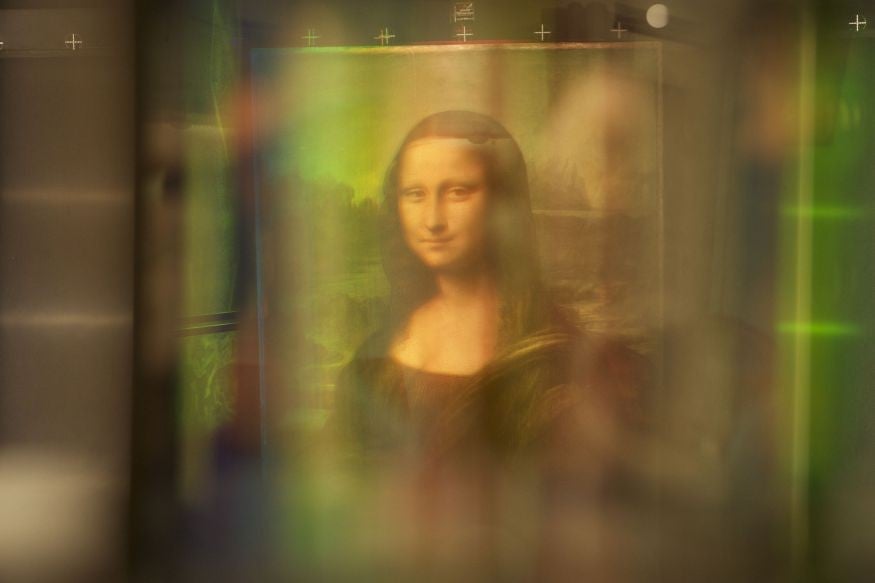Secrets of the Mona Lisa, BBC2, TV review: the face behind the famous smile
Art historian Andrew Graham-Dixon has spent the past 10 years studying the paint, and this is what he discovers

Your support helps us to tell the story
From reproductive rights to climate change to Big Tech, The Independent is on the ground when the story is developing. Whether it's investigating the financials of Elon Musk's pro-Trump PAC or producing our latest documentary, 'The A Word', which shines a light on the American women fighting for reproductive rights, we know how important it is to parse out the facts from the messaging.
At such a critical moment in US history, we need reporters on the ground. Your donation allows us to keep sending journalists to speak to both sides of the story.
The Independent is trusted by Americans across the entire political spectrum. And unlike many other quality news outlets, we choose not to lock Americans out of our reporting and analysis with paywalls. We believe quality journalism should be available to everyone, paid for by those who can afford it.
Your support makes all the difference.Over on BBC2, experts chose to delve below the depths of paint work rather than the criminal underworld in Secrets of the Mona Lisa – and it had consequences more dramatic than any police drama.
Presented by art historian Andrew Graham-Dixon, this documentary sought to discover who the face behind the world-famous smile was – and found it was not one woman, but at least two. Expert Pascal Cotte, a sweet, methodical Frenchman, has spent the past 10 years studying the Mona Lisa and even invented a multispectral scanning technique to do so. Using different wavelengths to penetrate the paint, Cotte painstakingly showed us that underneath Mona are as many as three different paintings (as revealed in The Independent yesterday). The images included an early study of a head, a portrait wearing a headdress of pearls and what Cotte believes to be the original portrait of Lisa Gherardini – the merchant’s wife widely believed to be Mona Lisa. The “original” Mona was apparently looking in a slightly different direction – 14 degrees to the right according to Cotte – and the version that we all know and love portrays her in the style of a saint, or possibly even replaced by another woman.
This was powerful, insightful stuff and Graham-Dixon was beside himself with excitement, which was very charming to watch. Personally, I was just reassured to learn that airbrushing was “a thing” as early as the 1500s.
Join our commenting forum
Join thought-provoking conversations, follow other Independent readers and see their replies
Comments